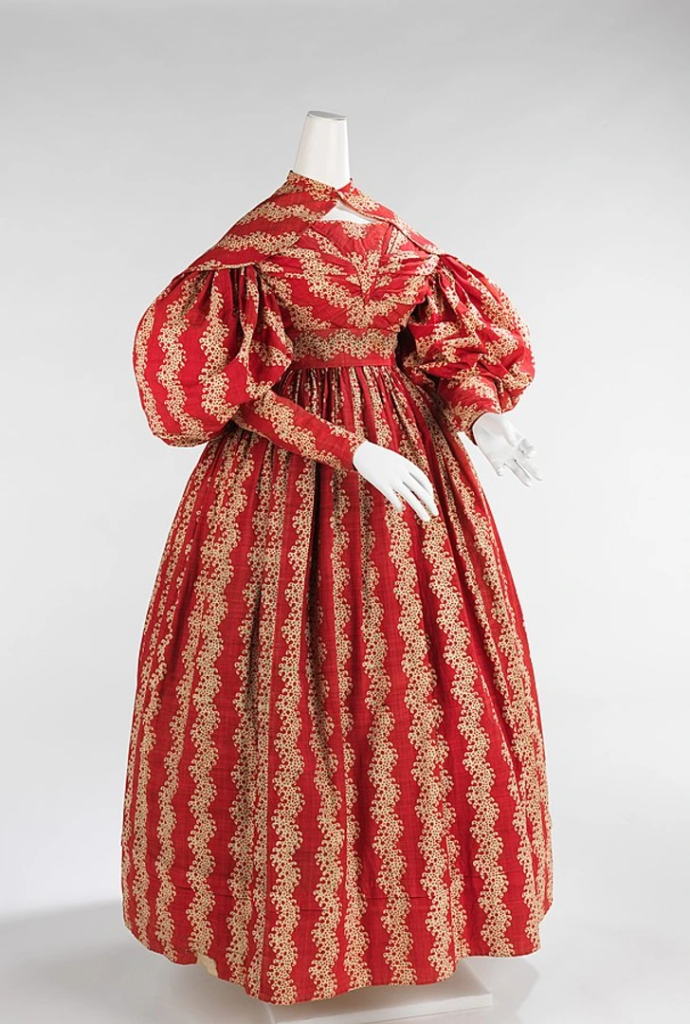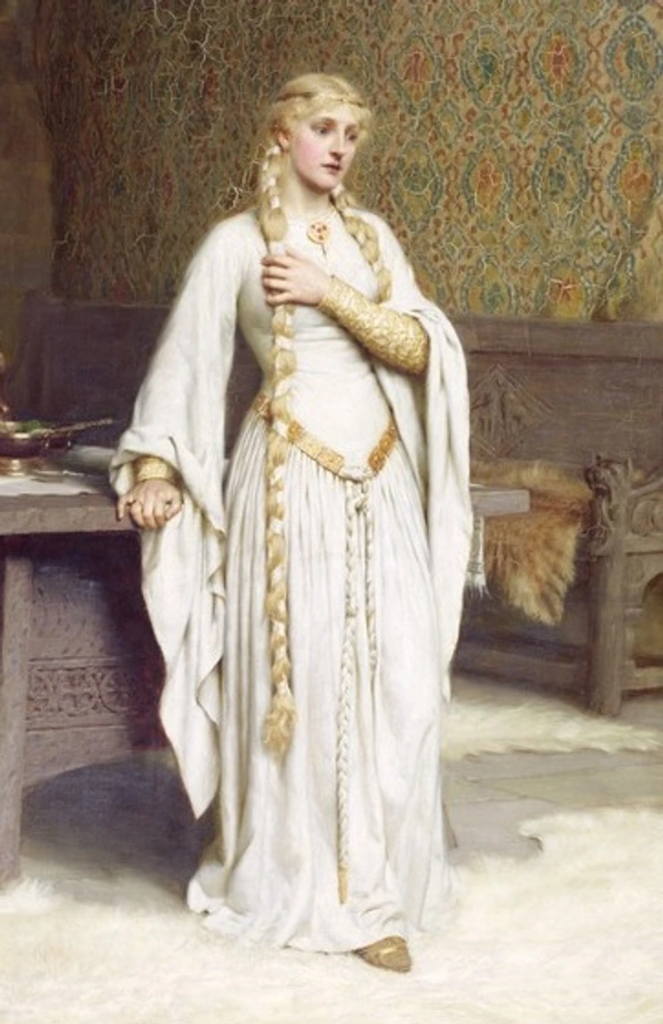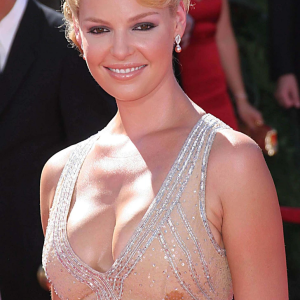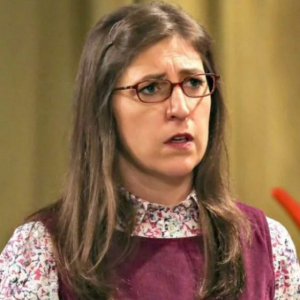Throughout history, fashion has often showcased garments that appear extravagant or perplexing at first glance. From intricate corsets to unconventional hats, these distinctive pieces once served specific purposes that may seem obscure today. However, behind their eye-catching designs lay practical functions or symbolic significance, understood only within the context of their era.
1. The Remarkable Ruff

The voluminous ruff collar became a hallmark of Tudor fashion among the affluent. More than just a fashion statement, the ruff had a practical purpose — it kept clothes cleaner by protecting the neckline. As the ruff could be removed and washed separately, it meant that the rest of the outfit remained pristine. This practicality made it an essential part of an aristocrat’s wardrobe.
Video:
“We REALLY Have Tone it Down” | Rococo and Recency Fashion
2. Protective Chaps

In the Old West, cowboys wore fringed leggings over their trousers, known as chaps, secured with a belt. Contrary to fashion trends, these leather garments served a vital function — leg protection. Cowboys navigating through dense bushes and cacti risked injuries, and chaps provided a sturdy barrier. Additionally, leather chaps helped riders maintain grip on the saddle, unlike standard trousers.
3. Gigot Sleeves: A Symbol of Status

Gigot sleeves, characterized by their voluminous, puffed shape, served dual purposes. Similar to medieval bliauts, they indicated a woman’s social standing by showcasing her inability to perform manual labor. The exaggerated sleeves also had a visual effect — creating a narrow waist illusion, enhancing the feminine silhouette.
4. The Practical Pocket

In historical portraits, men can often be seen with small purses resembling a woman’s reticule, attached to their belts. These stylish accessories served as makeshift pockets, used to store money and valuables. To protect against pickpockets, men covered their purses with a short jacket or cloak, allowing access only through a discreet side opening. These purses were often adorned with intricate embroidery, tassels, and lace, showcasing both utility and elegance.
5. The Long-Sleeved Bliauts

Medieval bliauts, worn by both women and men, were distinguished by their excessively long sleeves. These garments were not designed for practicality — quite the opposite. The elongated sleeves signaled wealth, as individuals affluent enough to wear them clearly did not engage in manual labor.
Video:
The Curious Case of 12th-Century Bliauts
6. Nightcaps: Function Meets Fashion

During the Victorian era, nightcaps were essential attire for women, children, and the elderly. Although they fell out of fashion by the early 20th century, nightcaps made a brief comeback around 1910. Typically made of silk, these caps kept hair soft and manageable, preventing tangling during sleep. Some versions were even fragranced, leaving a pleasant scent in the wearer’s hair.
7. The Sturdy Solleret

The solleret was a type of armored shoe worn by knights, composed of narrow metal strips. This design ensured that a knight’s feet remained securely positioned in the stirrups, providing both protection and stability during battle.
8. Mi-Parti: A Medieval Fashion Statement

Medieval garments often featured vertically divided colors, known as mi-parti. Originally, the two-color scheme denoted a servant’s rank or their employer’s identity. Over time, it became a way to signify allegiance or affiliation, making it both a practical and symbolic garment.
9. Tuxedo Fronts: A Convenient Fashion Hack

In the late 19th century, men often wore tuxedo fronts — detachable, collared chest inserts — with suits. As laundering entire shirts was costly, these fronts offered a more economical solution. Much like makeup, they concealed imperfections while maintaining a polished appearance.
10. Himation: Versatile Ancient Greek Attire

The himation, a cloak worn in Ancient Greece, served more than just as outerwear. For women, it became a practical tool for modesty, as they could wrap themselves entirely to cover emotional reactions or to avoid social discomfort.
11. The Azores Capote and Capelo

On the Azores Islands, traditional capotes and capelos remained part of daily attire until the 1930s. These distinctive blue cloaks, featuring large hoods, were passed down through generations. They symbolized the region’s economic ties to blue dye production and whaling.
12. Pearl Hairpins: Fashion with a Message

When high collars became fashionable, women often concealed their hair under white caps. To add flair, they used pearl hairpins. However, the placement of these pins was meaningful. Married women wore them on the right, while engaged women wore them on the left. Single women did not wear them at all. This subtle accessory served as a social signal, offering insight into a woman’s relationship status.
Fashion through the ages often appears quirky or impractical by today’s standards, but each piece had its own story and function. From utilitarian designs to symbolic garments, historic fashion continues to fascinate with its ingenuity and cultural context.


